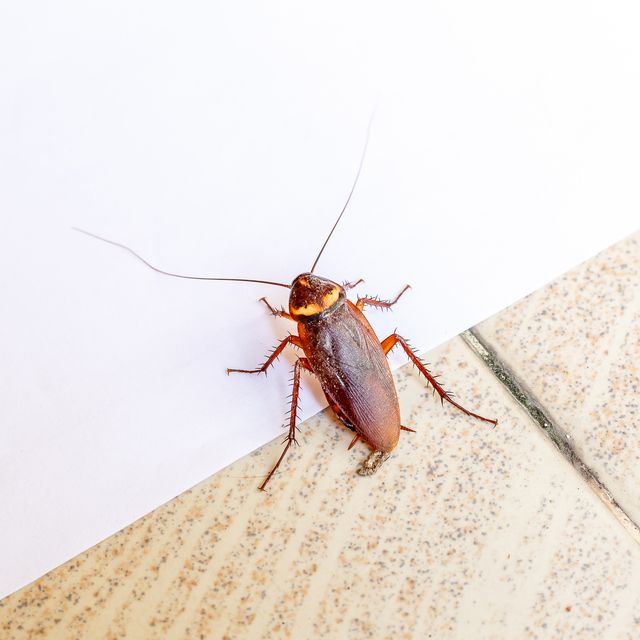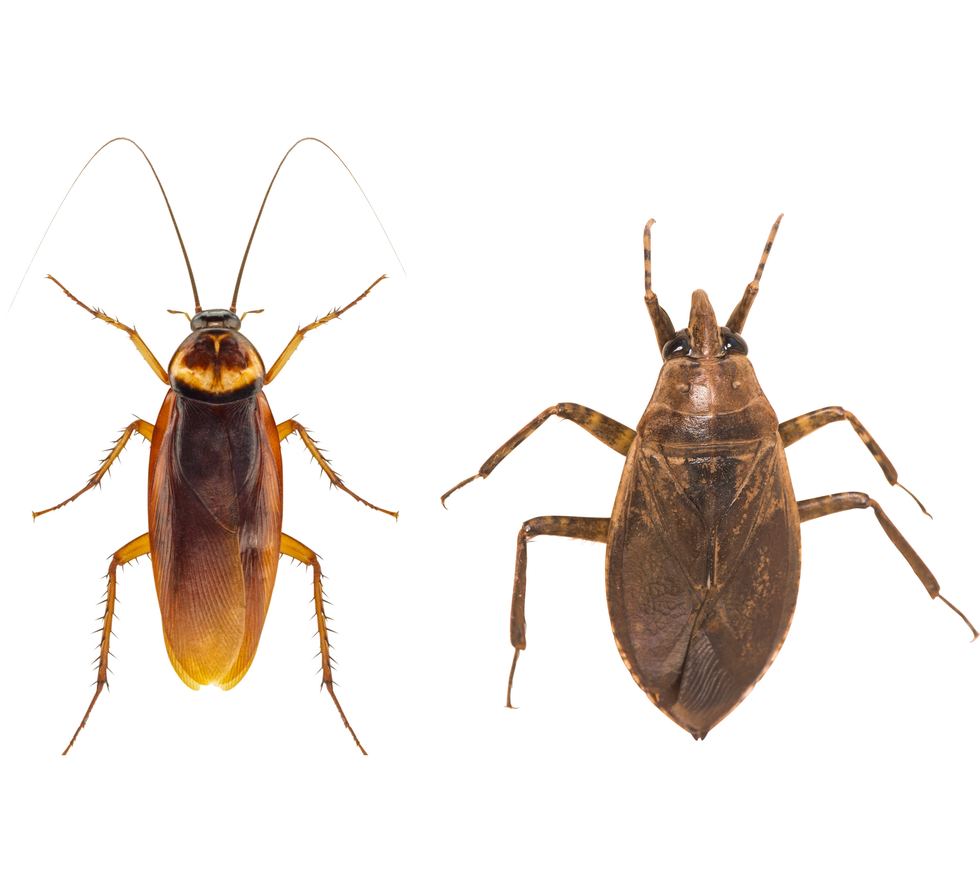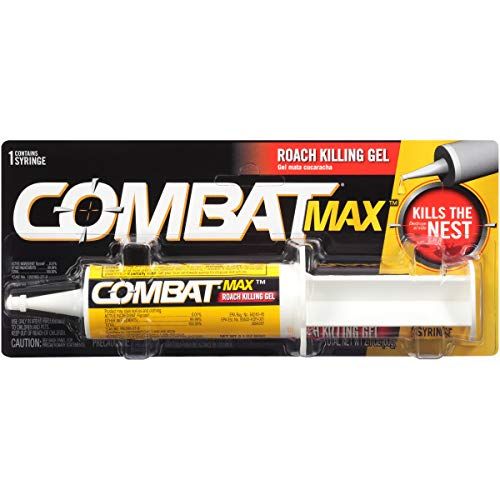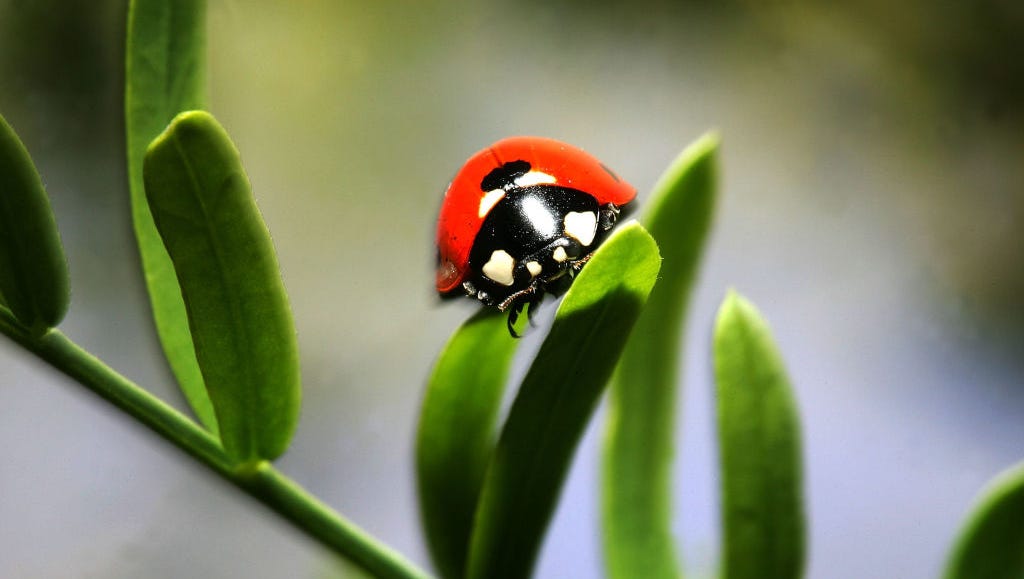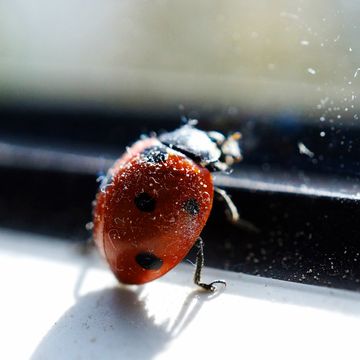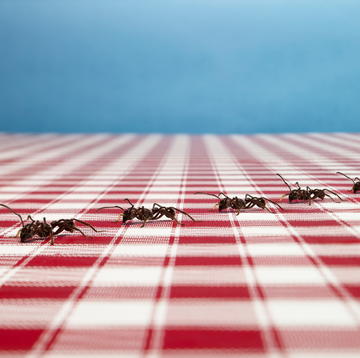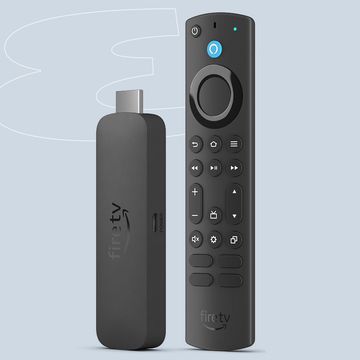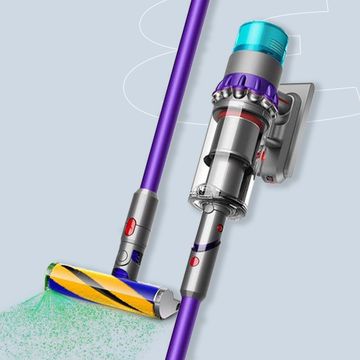Most of us aren’t experts at bug identification—especially because most common house insects look alike. It’s why we call any eight-legged creepy crawly a “house spider,” and why, unfortunately, people debate a water bugs vs. roach. Although they’re super similar in appearance, the two pests are actually pretty different in biology.
In fact, cockroaches and water bugs belong to two totally separate orders in the animal kingdom. Cockroaches are part of the order Blattodea (which also contains termites) and water bugs belong to the order Hemiptera (think: insects like cicadas).
Meet the experts: Scott O’Neal, Ph.D. an urban entomology researcher at the University of Nebraska; Dini Miller, Ph.D., professor of urban entomology at Virginia Tech and Urban Pest Management Specialist for the state of Virginia; David Price, associate certified entomologist and director of technical services, Mosquito Joe, a Neighborly company; Changlu Wang, Ph.D., extension specialist in entomology at Rutgers University
Despite their differences in classification, it’s easy to see why people confuse them. “There are people all over the country that call cockroaches water bugs or think of them as water bugs,” explains Scott O’Neal, Ph.D. an urban entomology researcher at the University of Nebraska.
This is especially the case for the oriental cockroach, which is the type of roach most commonly misidentified as a water bug. That’s because oriental cockroaches typically hang out near water, like in damp basements, says Dini Miller, Ph.D., professor of urban entomology at Virginia Tech and Urban Pest Management Specialist for the state of Virginia.
So how, exactly, can you tell cockroaches and water bugs apart? Here’s what to know.
Cockroach vs. water bug
Water bugs
Water bugs are typically brown or grayish in color, says O’Neal, and they typically ring in at about 2 inches in length. (Cockroaches are redder in color and can be bigger and smaller in comparison.) They also don’t have antenna. What people reference as a water bug are usually actually a couple of different species of cockroaches that also include the Smokey Brown cockroach or the American cockroach, says David Price, associate certified entomologist and director of technical services, Mosquito Joe, a Neighborly company.
Cockroaches
Cockroaches are usually reddish or brownish, although the oriental cockroaches (Blatta orientalis) are a lot darker. The main difference between a cockroach and a water bug is the antenna. Cockroaches will typically have very long antennas, and you usually can’t even see their head because it’s located below the thorax, which is where the legs and wings of the cockroach are attached, says O’Neal.
It’s also important to note that most cockroaches and water bugs can fly, says O’Neal. However, the oriental cockroach, which is most commonly mistaken for a water bug, cannot. In fact, female oriental cockroaches don’t even have wings, according to Changlu Wang, Ph.D., extension specialist in entomology at Rutgers University, and males have small ones that are basically undetectable by a non-expert. “They only cover partial of the abdomen,” Wang adds. So, if your invader doesn’t have visible wings, it’s likely an oriental cockroach. If it flies, it’s likely a water bug.
How to get rid of water bugs and cockroaches in your home
If you’re seeing “water bugs” in your home, chances are you’re actually dealing with oriental roaches, in which case you should get rid of them ASAP.
Because oriental cockroaches aren’t resistant to any insecticides (like German cockroaches are), the process should be pretty straightforward. Simply place the bait where you’re finding them—likely in areas of moisture, such as under the sink or in your basement—and it will get the job done.
The good news is, in the off chance you are dealing with actual water bugs, the same treatment will work for them, too.
What causes water bugs in the house?
Water bugs’ names are pretty self-explanatory—you’ll always find them in or near water. “They’re aquatic insects,” says O’Neal, which is why they generally aren’t trying to get inside your house. But they may be drawn to it if you live near a body of water—especially if you leave your porch light on when it’s dark. “They might be attracted to your house at night,” O’Neal adds.
Cockroaches, on the other hand, can thrive in your home, as it provides all the food, shelter, and water they need. Although it will vary depending on the type of roach you’re dealing with, you’ll commonly find them in places like under your sink, behind your fridge, or hidden in crevices. “Cockroaches need water and food and shelter, and the places where you find that in a home is the bathroom and the kitchen,” says Coby Schal, Ph.D., who heads the Schal Lab at North Carolina State University, which focuses on the study of cockroaches.
Both cockroaches and water bugs are commonly nocturnal, too, so it’s unlikely you’ll see them during the day unless you have a serious problem or you’ve gone looking for them, says O’Neal.
Do water bugs bite and are they dangerous?
The short answer is: Water bugs can bite, but they typically won’t. “Like other true bugs—insects that belong to the order Hemiptera—they have a piercing/sucking mouthpart,” says O’Neal. “They use it to feed on their prey, and it would hurt if they bit you with it.”
But, he adds, it’s unlikely that a water bug will actually bite you unless you’re handling them improperly. “They do not seek out people or try to feed on large animals,” he says. And again, it’s unlikely you’ll cross paths with a true water bug vs. a cockroach which are more common.
Do cockroaches bite and are they dangerous?
Cockroaches, meanwhile, actually don’t usually bite humans or pets. “They don’t have any reason to,” says Miller. “Their mouthparts just cannot pierce human skin.” Cockroaches are not considered dangerous, but they may carry diseases which could be harmful to humans.
While they may be unlikely to pierce skin, cockroaches are known to carry microbes and allergens that can cause serious health problems. You can exterminate them using a bait trap, which come in 30-millimeter syringe tubes, says Schal.
Do cockroaches carry diseases (including the oriental cockroach)?
Several species, including oriental cockroaches, are responsible for carrying salmonella and E coli, according to Price, who says they pick it up as they are feeding and foraging through trash and sewers. “If they should make their way inside, and then crawl across the counters they will spread these bacteria and people will suffer food poisoning symptoms,” he continues. “Additionally, a couple of species including oriental cockroaches are responsible for allergies and asthma attacks in people who are sensitive to allergens.”

